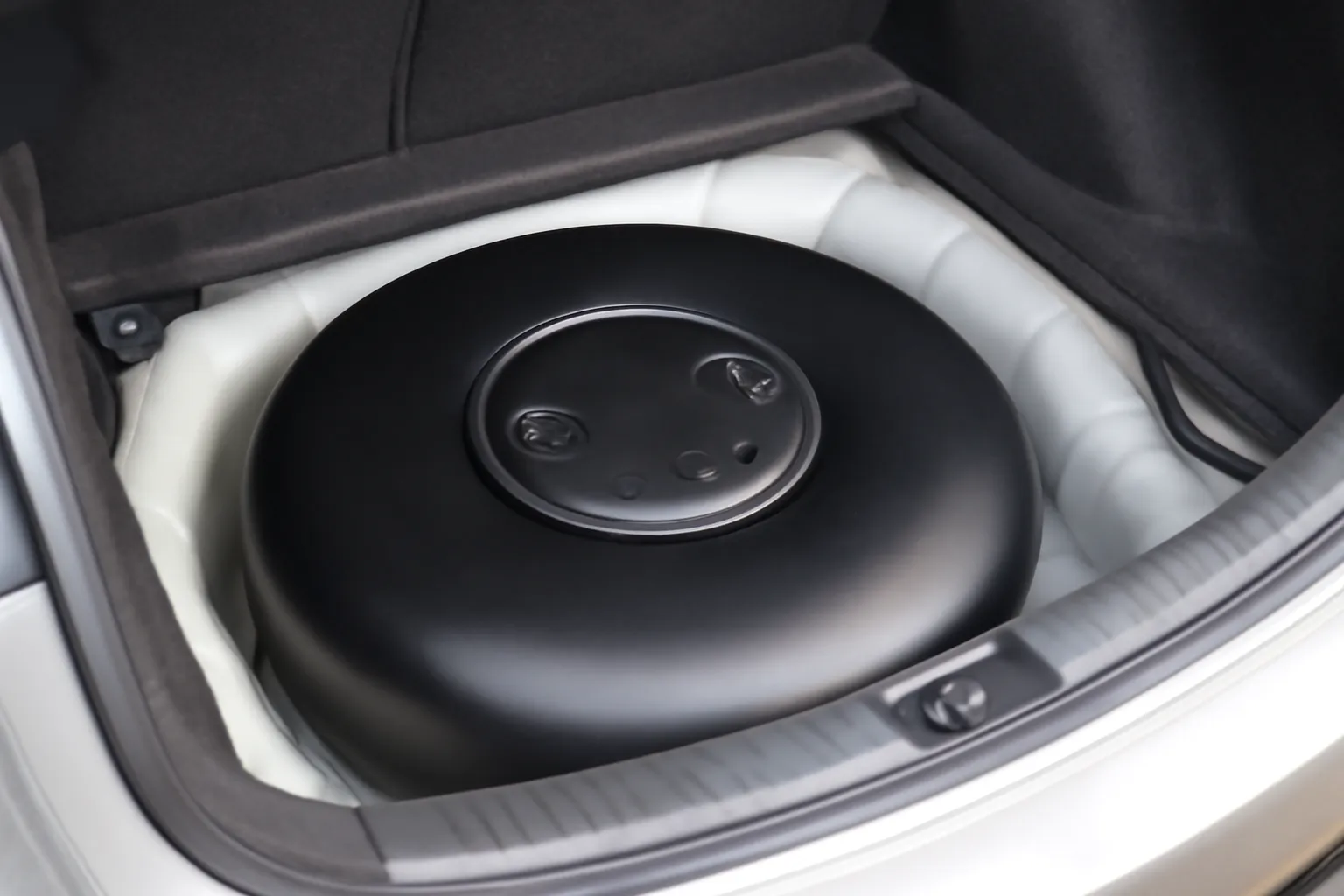LPG donut tanks are an innovative solution for vehicles looking to replace their traditional spare tire with a gas storage option. These compact, space-saving tanks have become increasingly popular due to their ability to fit neatly into the spare tire well of a car, making them a great choice for those who want to save trunk space. But how much capacity do these tanks offer, and what should you consider when looking into the cost and renovation of these tanks?
In this article, we will explore everything you need to know about LPG donut tank capacity, as well as the remodeling costs, renovation considerations, and replacement costs for these tanks. Whether you’re considering upgrading your vehicle or simply curious about LPG technology, we’ve got all the information you need!
LPG Donut Tank: What is it and How Much Capacity Does it Have?
An LPG donut tank, often referred to as a “donut-shaped” tank, is designed to fit into the spare tire well of a vehicle. It has a unique, circular shape that saves significant trunk space, making it an excellent choice for those with limited storage capacity. The size of these tanks varies depending on the make and model of your vehicle, but typically, the capacity ranges from 40 to 70 liters, with most average tanks holding about 50 liters of LPG.
Understanding LPG Donut Tank Capacity
The capacity of an LPG donut tank is determined by several factors:
-
Vehicle Size and Type Larger vehicles, such as SUVs or minivans, may accommodate a larger tank, while compact cars are limited to smaller capacities.
-
Trunk Space Since the tank fits in the spare tire area, the available space in your vehicle’s trunk will influence the size of the tank.
-
Tank Thickness The thickness of the tank itself affects how much gas can be stored within. Thicker tanks may have a slightly reduced capacity, but they offer better durability.
Practical Considerations
LPG donut tanks provide a balance between fuel capacity and space efficiency. A 50-liter tank, for instance, offers ample range for everyday driving without taking up too much trunk space. For long road trips, the capacity might require more frequent refueling compared to traditional fuel, but it remains a great option for those looking to reduce their carbon footprint and fuel costs.
For more detailed specifications and recommendations tailored to your vehicle, you may want to consult with a professional installation service.
👉Click here to learn more about LPG donut tanks👈
LPG Donut Tank Remodeling Costs
When considering an LPG donut tank for your vehicle, the cost of installation and potential remodeling is a crucial factor. Remodeling your car to accommodate an LPG donut tank involves modifying the trunk area and ensuring that all the components, including the gas lines, are properly installed.
Factors Affecting Remodeling Costs
-
Vehicle Model Some cars have more space and are easier to modify than others, which affects the overall cost. More complex vehicles might require additional modifications to the trunk area.
-
Tank Size Larger tanks may require more extensive adjustments to the car’s structure and internal fittings, raising the remodeling costs.
-
Labor Fees The complexity of the job and the expertise required can significantly affect the labor costs involved in remodeling.
Average Costs
On average, the cost of remodeling a vehicle for an LPG donut tank can range between $500 and $2,500, depending on the specific requirements. This price typically includes the cost of the tank itself, installation labor, and any necessary modifications.
For example, if you have a compact car, remodeling costs may be lower as the trunk space is already designed for efficient use. However, for larger vehicles, additional adjustments may be needed, thus increasing the cost.
👉Click here for more information on LPG tank remodeling costs👈
LPG Donut Tank Renovation and Replacement Costs
Renovation and replacement of an LPG donut tank can become necessary over time. Like all car components, LPG tanks are subject to wear and tear, especially if the vehicle has been in use for several years. Regular maintenance is essential to ensure that your LPG donut tank remains safe and efficient.
Renovation and Maintenance Costs
Renovation typically involves inspecting and replacing various parts of the tank, such as the gas lines, valves, and seals. Regular inspections are recommended every 2-3 years to ensure optimal performance. The costs for renovation depend on the extent of the repairs needed, but here are some rough estimates:
-
Minor Renovation (e.g., replacing seals, checking gas lines): Around $200 to $500.
-
Major Renovation (e.g., replacing valves, gas lines, or tank repairs): Around $500 to $1,500.
Replacement Costs
If your LPG donut tank has reached the end of its lifespan or is no longer functioning correctly, a complete replacement may be necessary. The cost of replacing an LPG donut tank is usually higher than simple renovations and depends on the brand, model, and tank size. The general range for replacement is as follows:
-
Basic Replacement Typically between $1,000 and $3,000.
-
High-End Replacement Can cost $3,000 or more for advanced models or larger capacity tanks.
Factors that affect the replacement cost include the vehicle’s make and model, the specific tank’s capacity, and labor fees. Additionally, if the vehicle is older, more complex modifications might be required, which could increase the cost.
👉Click here for detailed information on LPG tank replacement costs👈
Conclusion
LPG donut tanks provide an efficient, space-saving alternative to traditional fuel storage, offering a balance between vehicle capacity and fuel efficiency. Whether you’re considering installing a new tank, remodeling your vehicle, or replacing an aging tank, understanding the costs involved can help you make an informed decision.
While LPG donut tanks are generally a great investment for those seeking eco-friendly alternatives, the remodeling and replacement costs can vary based on your vehicle’s specifications. Always consult with a professional to determine the best solution for your needs and ensure your vehicle is both safe and efficient for the long term.
As the famous quote by Henry Ford goes, “Quality means doing it right when no one is looking.” Just as you wouldn’t compromise on the quality of your vehicle’s engine, don’t compromise on the quality of its fuel system.






